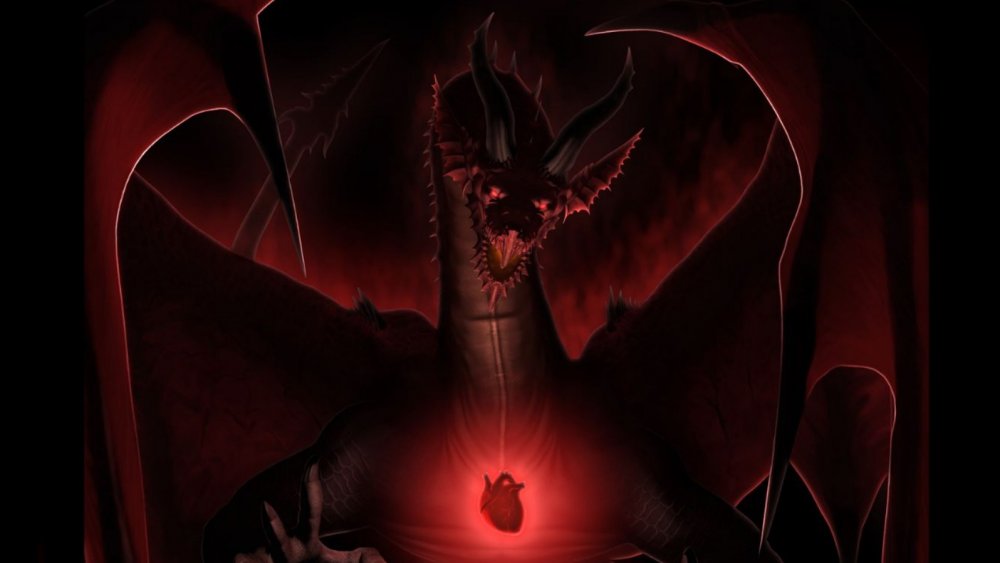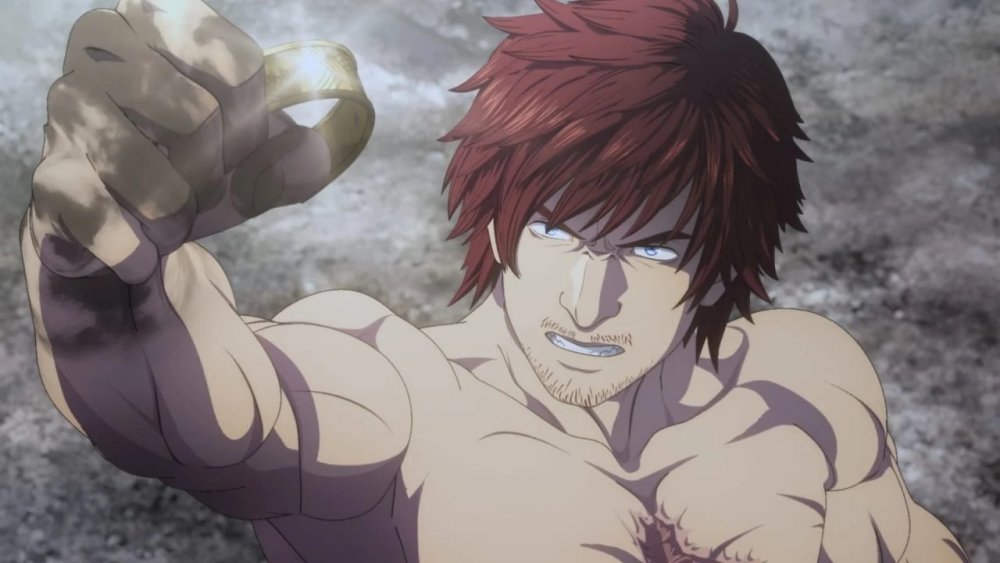The Biggest Differences Between Netflix's Dragon's Dogma And The Game
Netflix has had some success adapting video games into shows, as we've seen with Castlevania and The Witcher, and now they've gone and done the same with Dragon's Dogma. Released back in 2012, Dragon's Dogma the video game didn't have the same narrative focus of either Castlevania or The Witcher before Netflix decided to rev up its adaptation engine. Castlevania first came out in 1986 and was followed by more than 30 years of sequels, spinoffs, arcade games, and other tie-in media. The Witcher franchise similarly includes novels and comics, as well as a handful of games.
Nevertheless, Netflix persevered. The streamer managed to turn Dragon's Dogma into a seven-episode show, taking a create-your-own-character RPG and adapting it into a serialized story with a static protagonist. One of the main features of the game is the ability to create sidekicks, called "pawns," and use other player's pawns to help you battle giant monsters. You destroy creatures with brute force, cast magic spells, and complete quests in a fairly large open world similar to those popularized in games like the Elder Scrolls franchise and MMOs like World of Warcraft. Dragon's Dogma the show captures a lot of these elements, but there are a few key differences between the game and the show.
Netflix's Dragon's Dogma removes character creation
The joy of roleplaying games doesn't necessarily depend on the storyline; the gameplay is just as important. Dragon's Dogma is unstructured and mutable — it can be a different experience each time you play it. Obviously, a TV series can't include the same customizability (yet). For the TV series, the character creation elements that are the primary focus for most Dragon's Dogma had to be pretty much replaced by a static cast.
It's fair to say that if character creation exists in Netflix's series, it was taken care of off-screen by the showrunners. Since Netflix has yet to create some sort of "choose your own adventure" series, it all boils down to a difference in medium. The creators did their own makeshift character selection, probably during the storyboarding stage, and Ethan, the protagonist of the show, spat out on the other side as a character of the fighter vocation.
The Netflix series adds some interesting plot elements
No matter how you build your main character in Dragon's Dogma, they are always an "Arisen," a revenant immortal on a quest to protect the world from evil dragons. That's it. That's all you get for plot. The Netflix show took that concept and fashioned a revenge story featuring protagonist Ethan. Ethan is still Arisen, but he's also on a quest for vengeance. Although some fans might argue that a revenge-driven Arisen isn't in keeping with the game's ethos, in television characters need motivations. To that end, revenge is as good as anything else.
So, good ol' Ethan has a vision showing this terrible dragon showing up and making life a living hell for everyone. He kind of shakes it off as a daydream or something until the vision plays out IRL a few minutes later. The dragon burns down his town, killing his pregnant wife and a boy he'd been mentoring. This bums Ethan out pretty seriously. The dragon is a bit of a jerk and riles Ethan up, so Ethan responds by kicking the thing's butt. Well, he tries. Instead, the dragon kills Ethan and steals his heart, dooming him to live as an Arisen. None of this backstory comes from the game — except for the Arisen part.
With so much invention necessary to turn this IP into a series, one wonders why Netflix bothered to option the game at all. Then again, no one makes anything in Hollywood from scratch — especially not with this much worldbuilding.


